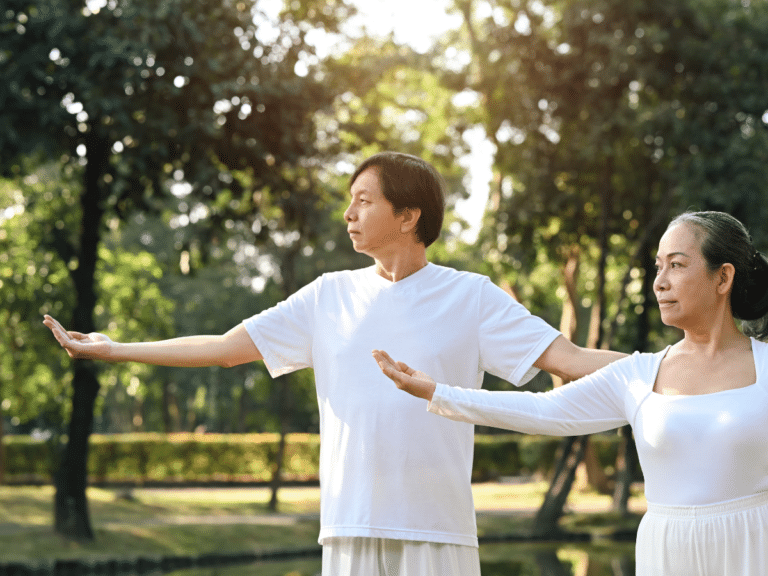The simple act of standing upright is one that most of us take for granted. However, it’s widely known that, as we age, we can’t take perfect balance for granted. One of the top concerns that older adults have is falling down and hurting themselves. After all, as Age Safe Canada puts it, falls have become epidemic in Canada.
“Every year approximately one-third of adults 65 or older fall in their home, and half of those over age 80 fall annually, resulting in injury, long-term disability and premature loss of independence,” informs their website, “This is a preventable epidemic.” So what can be done to prevent falling? Let’s look at how older adults with balance issues can play it safe.
Light up your world.
Well, at the very least, light up your home! It’s imperative to have good lighting in each room and especially in each hallway, stairway and entrance. Seniors with balance problems need to clearly see any obstacles in front of them. This is especially true when it’s dark outside. It’s a good idea to have night lights in the bedroom and bathroom. This will go a long way in preventing falls during trips at night.
“Effective lighting enables the identification of potential dangers in the environment,” notes Brent Pritt for Science of Falling, “For example, poor lighting might make it difficult to spot a loose carpet edge, an unsecured rug, or a small step that could cause a fall. Well-lit areas help individuals perceive these hazards and take necessary precautions.”
Engage in regular exercise.
While staying active might be challenging for seniors with balance issues, exercising can help them. By maintaining regular workout routines – nothing too strenuous, of course – older adults will improve their balance and strength. Naturally, this helps to reduce their risk of falling. Seniors should consider such light activities like tai chi, yoga or chair exercises. Lifeline Canada lists several chair exercises for seniors including the Single Limb Stance.
“Stand behind a steady, solid chair (not one with wheels), and hold on to the back of it,” instructs their website, “Lift up your right foot and balance on your left foot. Hold that position for as long as you can, then switch feet. The goal should be to stand on one foot without holding onto the chair and hold that pose for up to a minute.”
Better manage your medication.
In truth, most people take the advice of their doctors at face value. It’s of vital importance to remember, however, that we don’t all take to our prescribed medicines the same. Research the drugs you’ve been given to see if their side effects cause dizziness or affect balance. Question your doctor about alternative medications.
As reported by Balance & Dizziness Canada, medications that may cause dizziness and imbalance include aminoglycoside antibiotics; anticonvulsants; anti-inflammatories; antifungals; antihistamines; benzodiazepines; cholesterol-lowering drugs; loop diuretics; mucolytics; Parkinson’s disease medications; platinum-based chemotherapy drugs; sleep aids and tricyclic antidepressants such as amitriptyline and nortriptyline.
Invest in a power lift chair.
Power lift chairs are mobility devices that slowly lift their users slowly into standing positions or ease them into sitting positions. Lift chairs enable you to safely get in and out of your chair in comfort and without causing injury. They are very stable, so getting in and out of your chair will not cause the mobility device to tip over or move.
To learn all about the power lift chairs offered by LifeCare Mobility Solutions, please don’t hesitate to call us at 416-267-9800 or email us at info@lifecaremobility.ca. You may also contact us by filling out the form on our Contact page!










